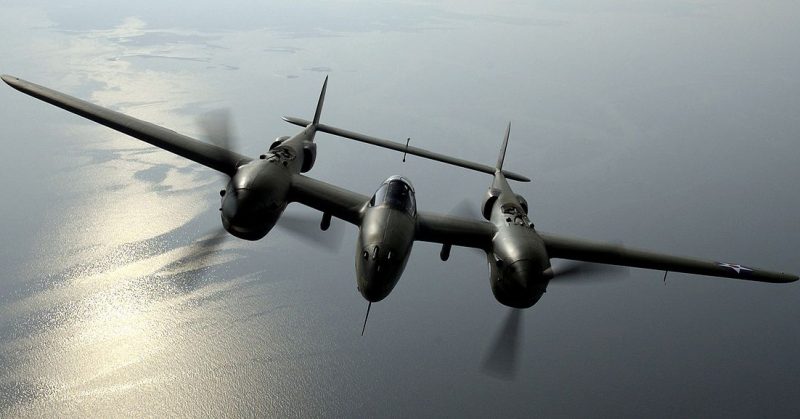Braving the freezing cold of the Greenland Ice Sheet, a band of rugged volunteers have found a fighter plane lost since the Second World War.
The Lost Squadron
In the summer of 1942, the United States started building up troops in the United Kingdom. Political pressure was mounting for the western Allies to invade France and so relieve pressure on Russia. Though Churchill would successfully resist the call to launch an invasion in 1943, the buildup still began.
Huge quantities of men and materials began moving across the Atlantic. Among them was a flight of six P-38 Lightning fighters and two B-17 Flying Fortress bombers that set out from Greenland on July 15, flying across the North Atlantic to keep their route short. Among them was Lieutenant Colonel Robert Wilson, flying P-38 Echo.
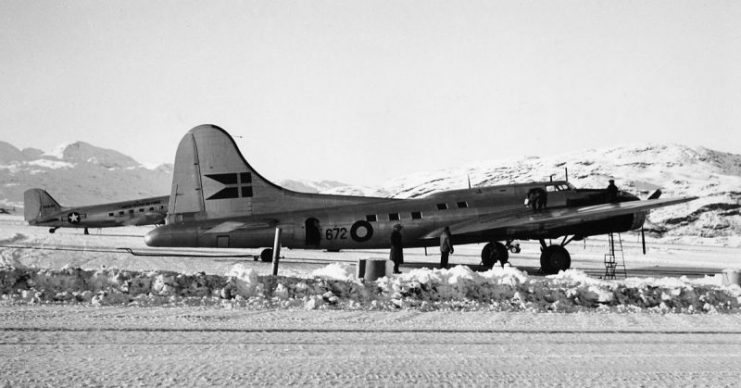
Even in summer, conditions for such a crossing could be a challenge. Poor weather and limited visibility made flying increasingly difficult. The pilots were forced to return to Greenland and make emergency landings on the Greenland Ice Sheet.
Fortunately, all the crew were rescued, but the planes had to be left behind. Over the years that followed, snow and ice built up until they were buried over 260 feet below the surface.
Rescuing the Past
In 1992, members of the Greenland Expedition Society retrieved the first of these planes from beneath the ice. A huge effort went into finding and extracting a single P-38.
Renamed Glacier Girl, the P-38 was restored to working condition. It took a decade of dedicated work, but in October 2002, sixty years after her emergency landing on the Greenland ice flow, Glacier Girl took to the sky again.
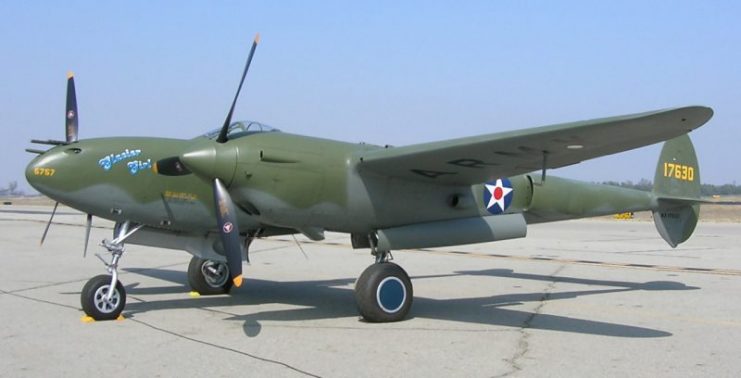
The effort to save the planes didn’t end there. For years, Ken McBride planned and prepared to retrieve more of the planes. Having gathered a team of volunteers and the financial backing for the equipment they needed, this summer he led the latest expedition out onto the ice.
Their objective was a seemingly simple one – find Lt. Col. Wilson’s P-38. But when you are conducting archaeology in the snow, nothing is ever really simple.
Life Amid the Ice
Living and working on the Greenland Ice Flow was an extreme experience for everyone involved. They lived through days of blizzards and worked in arctic conditions to find the spot where the P-38 went down.
Survival in these conditions was made possible by a team of highly skilled and enthusiastic volunteers. Everyone pitched in on whatever tasks needed doing. Some of the challenges would come as a surprise to anyone unfamiliar with the ice field. For example, the team needed plenty of water to power the steam probe. But while they were theoretically surrounded by a huge amount of frozen water, turning enough of it into liquid was a slow process.
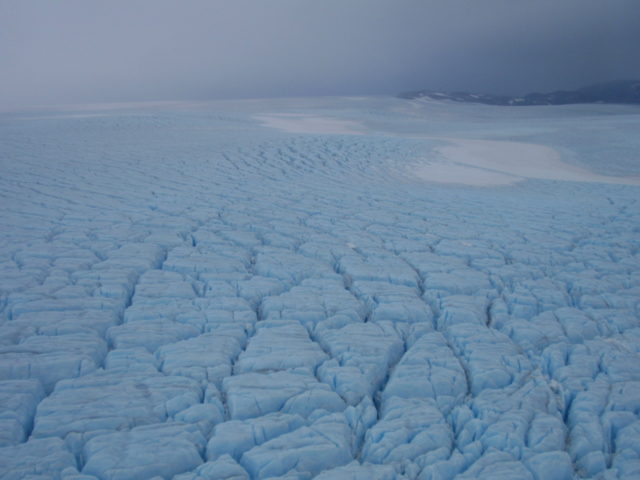
Even before they hit the ice, a huge amount of work took place behind the scenes. Equipment and provisions had to be bought and shipped out almost a year before they were needed. Permits had to be obtained from the local authorities. Relationships were built with local people, guides, and media. Training ensured that everyone had the skills they needed and that they maintained these in the run-up to the expedition.
Finding the Plane
The team’s search for P-38 Echo relied on two tools–ground penetrating radar and a steam probe.
Ground penetrating radar uses a more modern form of the technology that guided these planes back in the Second World War. At that time, most radar was bulky and ground-based, though it was being fitted into some night fighting aircraft. Seventy-five years later, it is more sophisticated, more portable, and available for non-military purposes. Ground penetrating radar has been a tool for archaeologists and surveyors for decades.
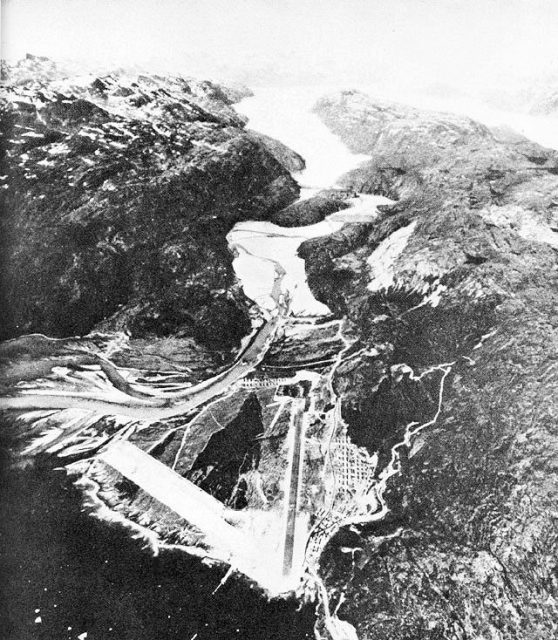
Previous radar work in 2011 identified a direction and distance to an object beneath the ice, close to where Echo was believed to have landed. This data provided the starting point for this summer’s search.
Historically, ground-penetrating radar has been dragged by a vehicle across the surface of the area being mapped. While this works, it is slow and sometimes cannot be used thanks to the terrain. The teams working with McBride made use of the latest technology to get around these limitations. A heavy lift drone was used to carry the radar, letting it cover the ground more quickly and without having to miss out difficult patches. Pre-programming a search pattern helped to improve the efficiency of the operation.
Two radar teams set up a search grid with the target point at its center and began taking measurements across the grid. Within a day they had found a large object beneath the ice, 70 yards from the central point.
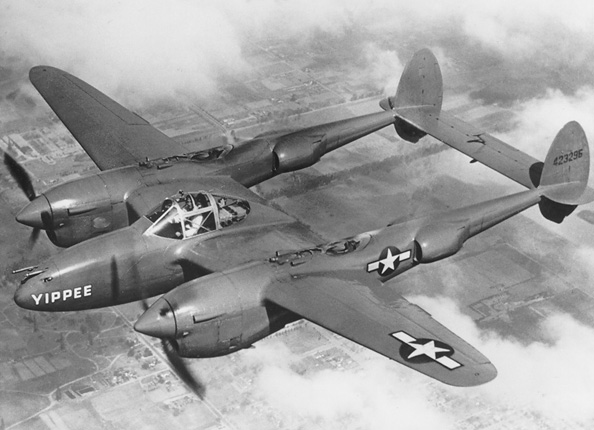
Ground penetrating radar could identify the location of a large object, but it could not tell the team what that object was. It could have been anything from a rock to a woolly mammoth, and while Russian archaeologists have previously dug up and eaten a prehistoric beast, McBride’s team was not looking for a frozen dinner. They needed to know more.
Using a steam probe, they penetrated the ice down to the object in the radar search. When they pulled the probe back out, the hose and pipe were coated in red hydraulic fluid, like that used in the planes. Given the lack of greased mammoths in the archaeological record, the team was sure that this was what they were after.
The P-38 Echo had been found.
Read another story from us: A plane found 38 feet under the ice
A Fantastic Find
The next step will be to extract the plane from beneath the ice, and McBride is making preparations for that expedition. To complete this work, the team needs both skilled volunteers and the resources to carry out their new mission.
For more information or to support these expeditions, check out The Lost Squadron.
